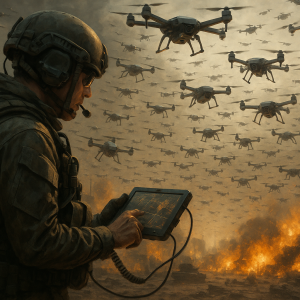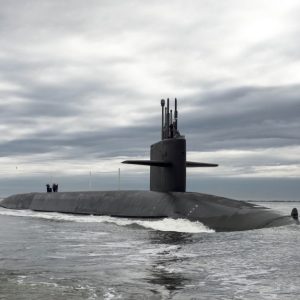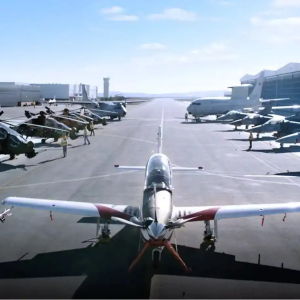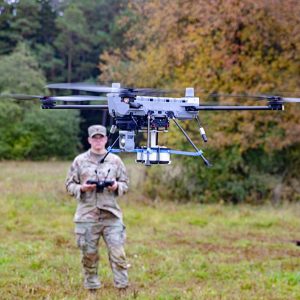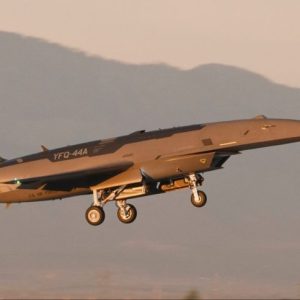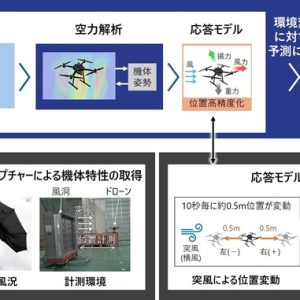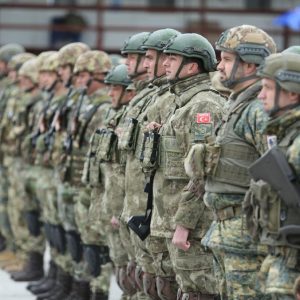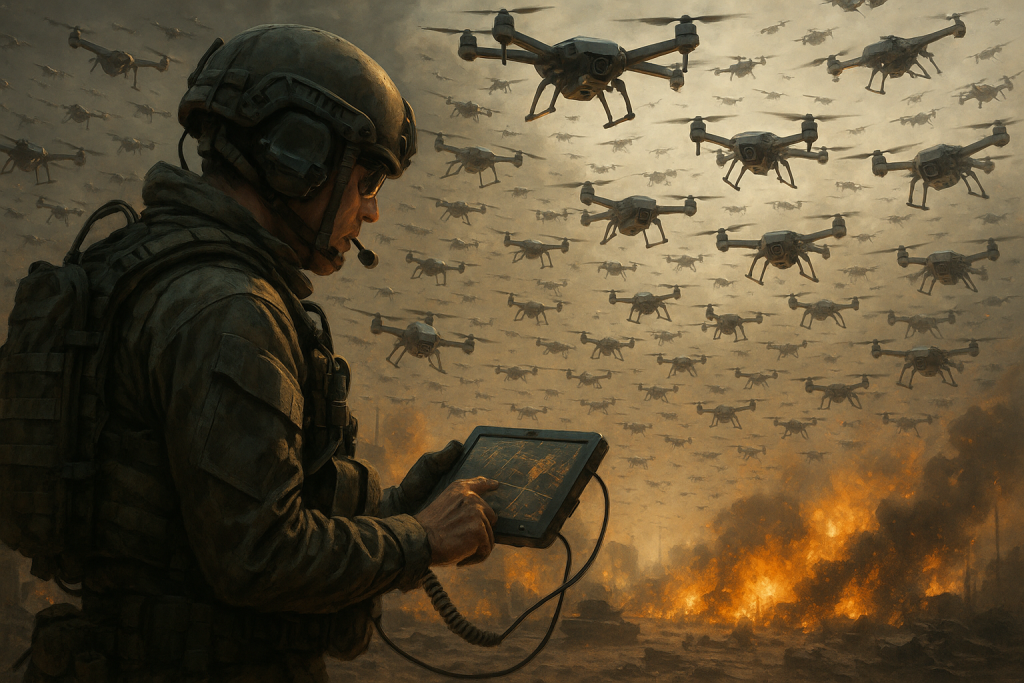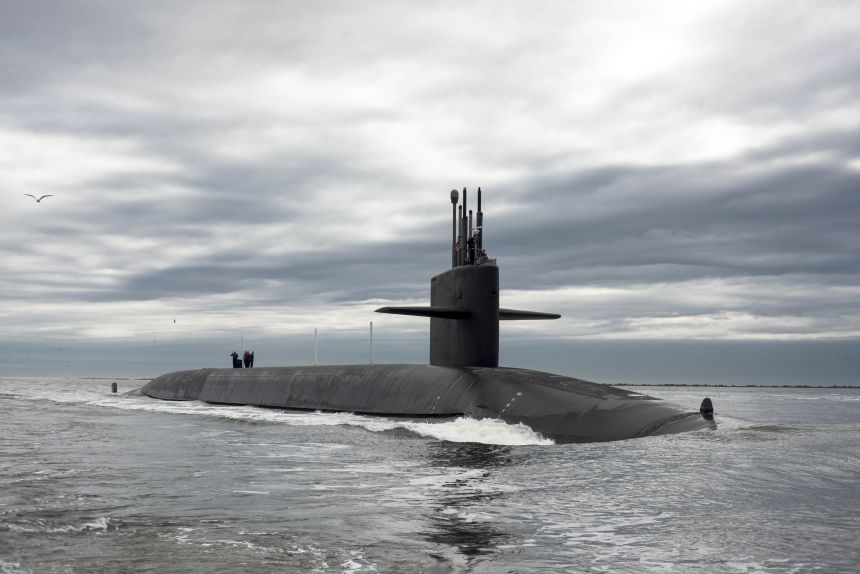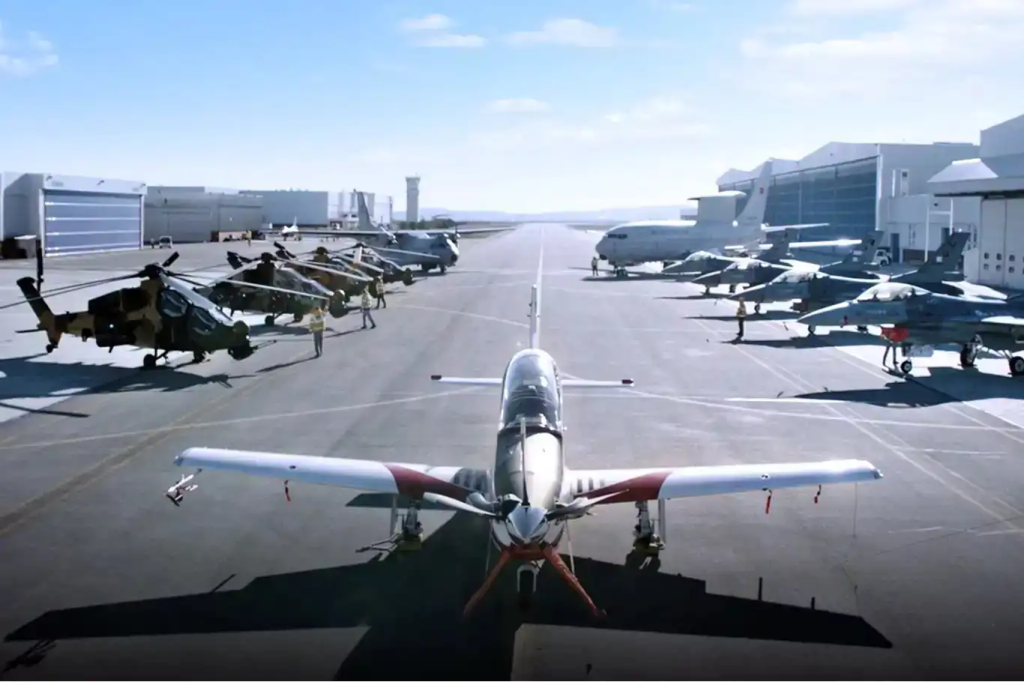The connected battlespace represents one of the most significant doctrinal shifts in modern military history. It unifies sensors, decision-makers, and effectors through networked command-and-control (C2), artificial intelligence, and data fusion. The result is a force that thinks, decides, and acts faster than any adversary. This transformation is not theoretical—it is already taking shape across NATO, the Indo-Pacific, and Türkiye’s defence ecosystem.
Key Facts
- Concept: Integration of networked C2, ISR, and sensor fusion into a multi-domain operational framework.
- Core Objective: Achieving decision superiority and distributed lethality through real-time data.
- Key Enablers: AI, 5G/6G tactical communications, cloud-edge processing, and cyber resilience.
- Allied Reference: NATO Federated Mission Networking (FMN), U.S. JADC2, Türkiye’s Digital Defence Network initiatives.
- Strategic Outcome: Shorter kill chains, enhanced operational tempo, and coalition interoperability.
The Power of Connectivity
Connectivity transforms fragmented units into a coherent, responsive whole. Through resilient data networks, information now flows horizontally across services as easily as vertically through command hierarchies. This seamless integration generates a live operational picture accessible to all echelons—pilots, artillery batteries, cyber operators, and naval task groups alike. As a result, commanders act with shared understanding, enabling synchronized manoeuvre and precision effects across domains.
Example in Practice
During NATO’s REPMUS 2025 exercise, allied navies linked unmanned surface vessels, satellite ISR, and shore-based missile batteries under a unified network. The outcome: a 43% reduction in sensor-to-shooter time compared to legacy C2 systems—a preview of how networked warfare accelerates tempo.
Sensor Fusion and Intelligence Integration
Modern warfare depends on fusing data from diverse sensors—satellites, UAVs, radars, electronic warfare (EW) suites, and human intelligence feeds. AI-driven analytics correlate tracks, detect anomalies, and eliminate duplicates. The fused picture highlights genuine threats while filtering noise. In combat, this means fewer fratricides, better target prioritization, and more efficient resource allocation.
Insight: Fusion thrives when data is standardized, time-stamped, and shared under clear classification rules. Poor data discipline or incompatible standards erode trust and produce dangerous blind spots.
Türkiye’s Approach
Within Türkiye’s defence sector, clusters like SAHA İstanbul are developing indigenous sensor fusion architectures combining AI-enabled UAVs, radar systems, and tactical datalinks—creating a uniquely national connected battlespace ecosystem aligned with the Milli Teknoloji Hamlesi vision.
Networked Command and Control (C2)
Networked C2 connects headquarters and tactical elements through secure, low-latency communication paths. Commanders can monitor battlespace conditions, issue new orders, and re-task assets within minutes rather than hours. This system underpins mission command, empowering subordinate leaders with situational awareness to act on commander intent even when communications degrade.
The advantage lies in agility. Forces that can sense, decide, and strike faster than the opponent seize initiative and impose cost asymmetry—whether in the electromagnetic spectrum or on the battlefield.
Technical Layer
Emerging technologies—such as low-Earth orbit (LEO) satellite constellations, 5G tactical bubbles, and AI-enabled traffic routing—further enhance resilience. Autonomous nodes ensure continuity even under jamming or cyber disruption.
Force Multipliers at Scale
A connected battlespace amplifies the potential of unmanned and precision systems. UAVs extend ISR coverage, cue artillery or missile systems, and relay targeting data in real time. Cyber units can suppress hostile sensors moments before a strike. Networked loitering munitions share data with ground operators to dynamically reassign targets. In effect, each node becomes part of a self-synchronizing combat web.
Such synergy allows limited assets to deliver outsized effects. A single Bayraktar TB2, feeding imagery to a HIMARS battery through a shared data link, can close a 40 km kill chain in under 90 seconds—an operational tempo unimaginable a decade ago.
Interoperability and Standards
Connectivity without common standards breeds chaos. The success of the connected battlespace depends on shared architectures and strict interface governance. NATO’s FMN and U.S. JADC2 frameworks define reference models for coalition interoperability. Türkiye’s digital C2 programmes increasingly align with these architectures to ensure plug-and-play compatibility with allied systems.
Standardisation—through open APIs, Interface Control Documents (ICDs), and rigorous accreditation—reduces vendor lock-in and enables modular upgrades. Coalition operations gain from this discipline, achieving “interoperability on day one.”
Risks, Resilience, and Cybersecurity
Connectivity expands capability but also the attack surface. Cybersecurity and electromagnetic resilience therefore become operational imperatives. Zero-trust architectures, micro-segmentation, and dynamic key rotation limit intrusion impact. Meanwhile, autonomous edge nodes and mesh networks sustain operations even when higher links fail.
Lessons from Ukraine
In Ukraine’s ongoing conflict, both sides have experienced the fragility of unprotected networks. Russian GPS jamming and Ukrainian rapid network reconstitution efforts highlight a key principle: resilience is not optional. Training forces to fight in degraded or denied environments is as important as the technology itself.
From Concept to Combat Power
Implementing a connected battlespace is a phased process. Militaries must start with achievable, high-value cases—counter-UAS defence, integrated air and missile defence, or time-sensitive targeting. Each iteration must be measurable: reduced latency, faster fire missions, fewer friendly-fire incidents.
Institutional change follows technology. Doctrine, acquisition, and training systems must evolve to support networked decision-making. Nations that fail to pair digital architecture with cultural adaptation risk creating expensive but brittle systems.
Why It Matters Now
Adversaries are contesting every domain—land, sea, air, space, and cyberspace—simultaneously. Information dominance determines victory. A well-designed connected battlespace compresses the sensor-to-shooter timeline, multiplies force projection, and safeguards friendly freedom of action. It embodies the “Observe–Orient–Decide–Act (OODA)” loop at digital speed.
In this emerging reality, speed and precision are the new deterrents. Commanders who control information flow will dictate the rhythm of war.
Conclusion
The future of warfare will not be won by the side with the most platforms, but by the side that can connect, adapt, and decide the fastest. Building the connected battlespace demands disciplined investment in standards, secure digital infrastructure, and leadership that encourages initiative under uncertainty.
Connectivity is power—but only when paired with doctrine, trust, and human judgment. Those who master the synthesis of technology and command culture will own the future battlespace.
Further Reading
NATO official site
Breaking Defense coverage on JADC2 and connectivity
SpaceWar original report
The Transformative Role of AI in Defence

